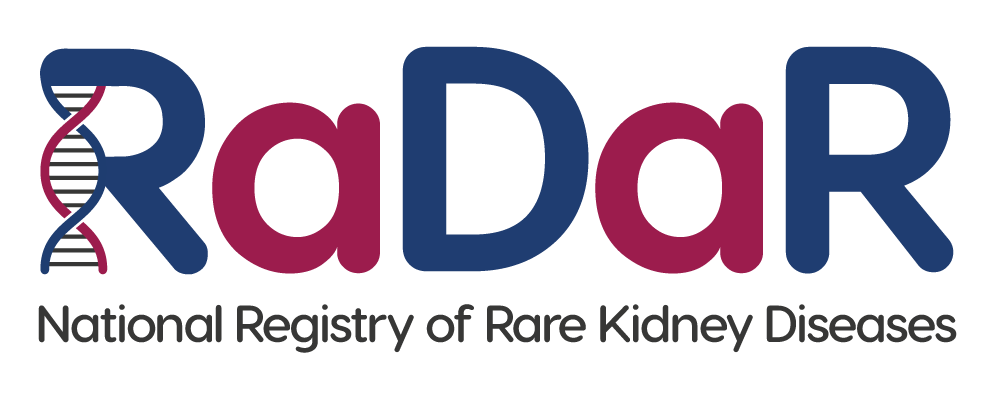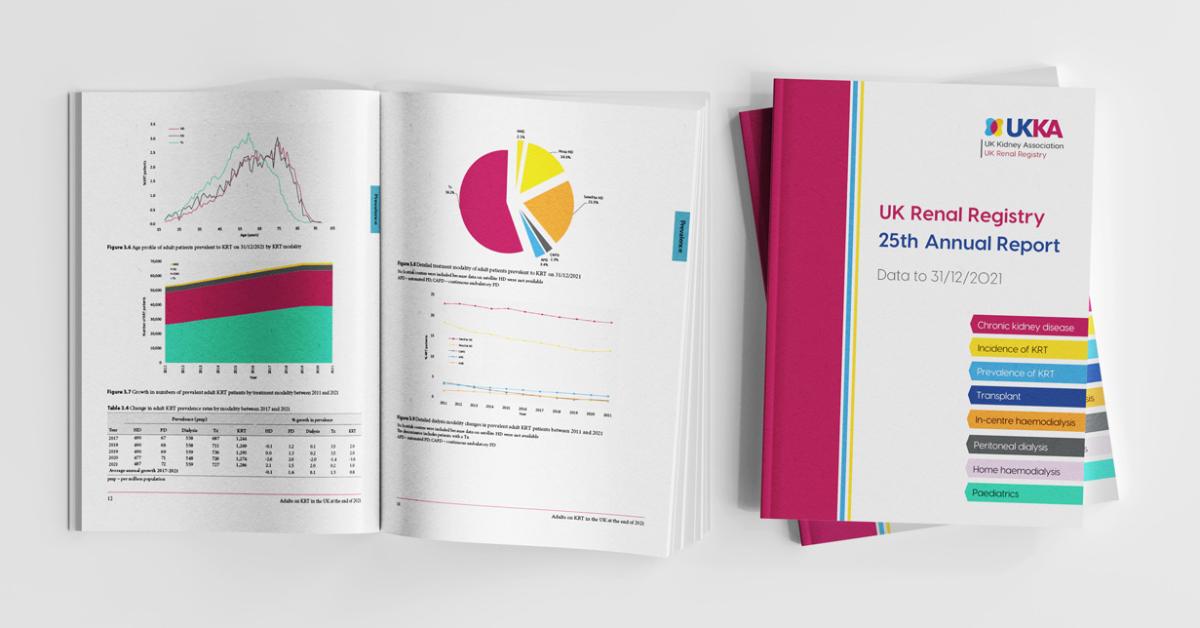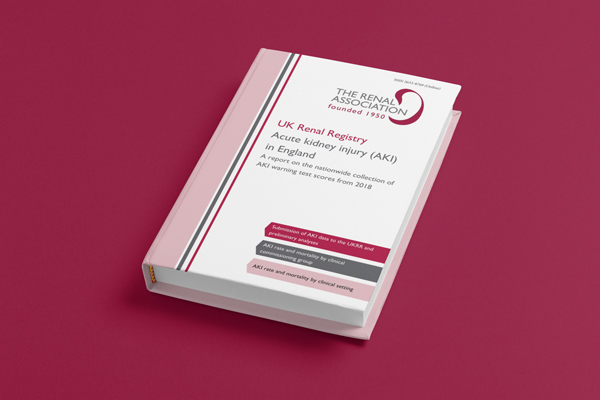Clinician Information
Membranous Nephropathy (MN) can only be definitively diagnosed by kidney biopsy but the recent availability of a blood test for specific autoantibodies, anti-PLA2R (phospholipase A2 receptor) and anti-THSD7A (anti-thrombospondin 1 containing 7A), holds promise for non-invasive diagnosis and monitoring of primary MN (autoimmune MN) in the future. For more information please see the anti-PLA2R assay guidance page.
The presence of protein in the urine is virtually universal in patients with MN and one important way of picking up the condition (and indeed other important forms of kidney disease) is by screening of a random urine sample by dipstick testing. It is important to remember that finding protein in the urine (1+ or more, certainly 2+) in an asymptomatic patient makes it very likely that the patient has significant kidney disease: urinary infection is very unlikely to be the explanation, so the much practiced tendency to simply send an MSU as a reaction to a positive urine protein dipstick is not adequate or defensible.
Patients with MN will often have hypertension and/or haematuria and/or impaired kidney function (reduced eGFR, elevated plasma creatinine). They may have no symptoms, but if their proteinuria is heavy they may have oedema (e.g. periorbital or truncal in the mornings, ankles and lower legs in the evenings), lethargy and reduced exercise tolerance and/or the symptoms of the complications of nephrotic syndrome such as susceptibility to infection or thrombosis.
MN can occur secondary to a malignancy, especially in the elderly, and this should always be borne in mind in assessing any new patient. The condition can also be secondary to various drugs including non-steroidal anti-inflammatory drugs and since these are now available over the counter it is important that questions about the medication history include careful inquiry about purchased/borrowed drugs as well as prescribed ones. MN can also complicate systemic disease such as lupus, hepatitis B or C and various other infections. When no tumour, drug or underlying medical condition can be identified, the condition is labelled primary MN (IMN).
The nephrological dogma is that about one third of patients with IMN will get better spontaneously, one third will stay the same and one third will get worse. Spontaneous remission is unusual if the excretory renal function (eGFR) is impaired and especially if it is progressively deteriorating, so that many experts believe that aggressive therapy should be reserved for the subset whose kidney function is deteriorating. Treatment is with agents targeting the immune system and therefore the potential toxicities are considerable. There remains considerable controversy about the optimal treatment approach and the correct selection of which patients should be offered active therapy.
Further Information
Immunosuppression for progressive membranous nephropathy: a UK randomised controlled trial. Howman, A et al. Lancet. 2013 Mar 2;381(9868):744-51.
Membranous nephropathy. Mathieson PW. Clin Med. 2012 Oct;12(5):461-6
M-type phospholipase A2 receptor as target antigen in idiopathic membranous nephropathy. Beck LH et al. N Engl J Med. 2009 Jul 2;361(1):11-21




